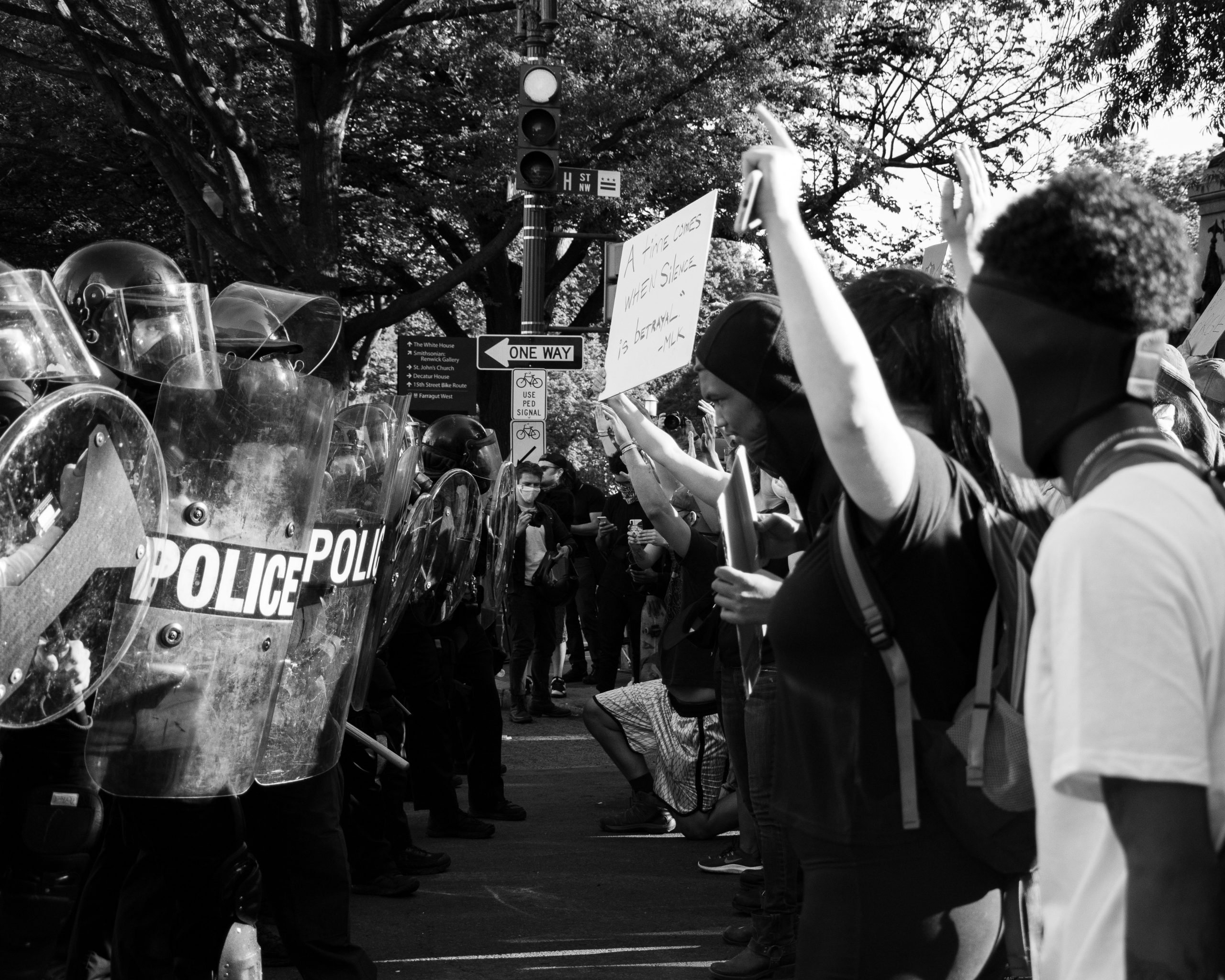Police Bodycam Footage: Legal Loopholes in “Lost” Evidence
Body cameras have become increasingly common among law enforcement agencies in recent years. These devices are meant to provide a transparent view of police-civilian interactions, offering valuable evidence in cases of alleged misconduct or criminal activity. However, what happens when this crucial footage suddenly goes missing or is deemed “lost” by the police? Despite their potential for accountability, there are legal loopholes surrounding bodycam footage that can result in lost evidence being rendered useless in court. In this article, we will examine the legal loopholes surrounding “lost” bodycam footage and the implications they have on the justice system.
The Importance of Bodycam Footage
Body cameras have gained popularity among police departments due to the increased public demand for transparency and accountability in law enforcement. These cameras are meant to capture real-time footage of police-civilian interactions, providing an unbiased record of events. This footage can be used as evidence in criminal or civil cases, making it a valuable tool for both the prosecution and defense.
Moreover, body cameras are intended to protect both citizens and police officers. Studies have shown that the use of body cameras can reduce the number of complaints against police, as well as use of force incidents. In addition, bodycam footage can help debunk false claims against officers, potentially saving them from wrongful accusations and disciplinary action.
Legal Loopholes: Bodycam Footage Can Be Lost
Despite their importance, there are legal loopholes surrounding bodycam footage that can render it useless in court. The first and most glaring loophole is that police departments are not required to keep bodycam footage for a specific amount of time. This means that if a complaint is made or a lawsuit is filed several months after an incident, there is no guarantee that the footage will still be available.
Furthermore, there is no national standard for the retention of bodycam footage. Each department has its own policies and procedures, with some states having no regulations at all. This lack of standardization can lead to inconsistencies and disparities in the handling of bodycam footage, making it difficult for victims of police misconduct to obtain evidence for their cases.
The “Lost” Evidence Excuse
Another legal loophole surrounding lost bodycam footage is the “lost evidence” excuse commonly used by police departments. In some cases, bodycam footage is claimed to be lost due to human error or technical malfunctions. This excuse can be used to dismiss cases or undermine the credibility of the footage, as it is difficult to prove or disprove the authenticity of the claim.
In other instances, bodycam footage may be deemed “lost” due to policies that allow officers to review the footage before writing their reports. This gives officers the opportunity to edit or omit incriminating footage, further undermining the trust and transparency of bodycam footage.
The Implications of “Lost” Bodycam Footage
The legal loopholes surrounding bodycam footage have serious implications for the justice system. Victims of police misconduct may not have access to crucial evidence for their cases, making it difficult to hold officers accountable and obtain justice. Furthermore, the lack of trust in bodycam footage can erode public confidence in law enforcement and hinder efforts to improve police-community relations.
In addition, the use of body cameras may not be as effective in promoting accountability if the footage can simply be dismissed as “lost” or unreliable. This defeats the purpose of having body cameras in the first place and raises questions about the true intentions behind their implementation.
In Conclusion
Bodycam footage has the potential to hold both police officers and civilians accountable for their actions. However, the legal loopholes surrounding “lost” bodycam footage undermine its credibility and effectiveness in the justice system. With the growing demand for police reform and accountability, it is imperative that these loopholes be addressed and that a national standard for the retention and handling of bodycam footage be established. Only then can we truly rely on bodycam footage as a tool for transparency and justice in law enforcement.











